2023
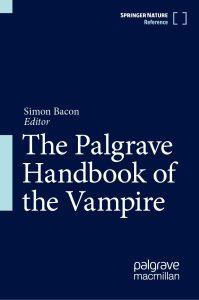 This article discusses the vampiric representation of the jiangshi in Hong Kong and Chinese cinema. The paper argues that while the jiangshi is a monstrous creature in its own right, over the years it has undergone a number of changes to align it with Western vampires. The article begins with a brief discussion of the jiangshi as a literary trope introduced in Chinese stories of the strange, particularly those written during the Qing period. The paper then examines three major shifts in cinematic representation of the creature from its early appearances in the 1980s Hong Kong cinema where it is compared and contrasted with Western vampires, and its post-Handover evolution that follows two different trajectories – reinventing the jiangshi as a pan-Asian horror icon and utilizing it as a tool of the Chinese government anti-superstition propaganda.
This article discusses the vampiric representation of the jiangshi in Hong Kong and Chinese cinema. The paper argues that while the jiangshi is a monstrous creature in its own right, over the years it has undergone a number of changes to align it with Western vampires. The article begins with a brief discussion of the jiangshi as a literary trope introduced in Chinese stories of the strange, particularly those written during the Qing period. The paper then examines three major shifts in cinematic representation of the creature from its early appearances in the 1980s Hong Kong cinema where it is compared and contrasted with Western vampires, and its post-Handover evolution that follows two different trajectories – reinventing the jiangshi as a pan-Asian horror icon and utilizing it as a tool of the Chinese government anti-superstition propaganda.
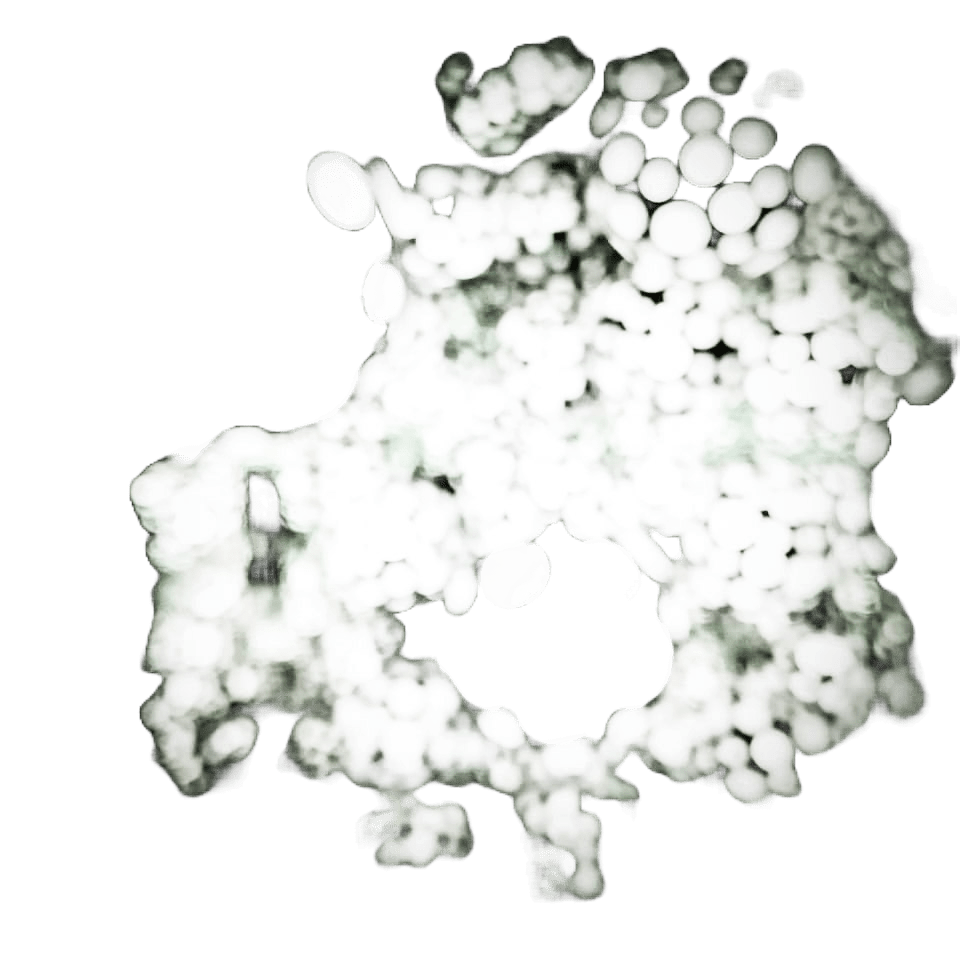
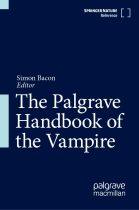
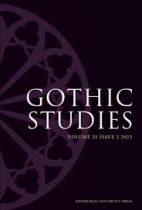
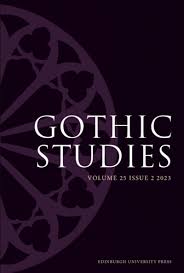 The waiting woman is a ghost who appears to be endlessly waiting – for recognition, for her lover, for a chance to reincarnate, or to exact revenge. In Asia, her roots can be found in early medieval Chinese records of the strange, arguably the oldest written ghost stories in the region. The romanticized version of this ghost, introduced in Tang Xianzu’s drama Peony Pavillion (Mudan ting, 1598), influenced many writers of Japanese kaidan (strange) stories and merged with East and Southeast Asian ghostlore that continues to inspire contemporary local fiction and films. The article proposes to read the figure of the waiting woman as a representation of the enduring myth of the submissive Asian femininity and a warning against the threat of possible female emancipation brought about by the socio-economic changes caused by modernisation.
The waiting woman is a ghost who appears to be endlessly waiting – for recognition, for her lover, for a chance to reincarnate, or to exact revenge. In Asia, her roots can be found in early medieval Chinese records of the strange, arguably the oldest written ghost stories in the region. The romanticized version of this ghost, introduced in Tang Xianzu’s drama Peony Pavillion (Mudan ting, 1598), influenced many writers of Japanese kaidan (strange) stories and merged with East and Southeast Asian ghostlore that continues to inspire contemporary local fiction and films. The article proposes to read the figure of the waiting woman as a representation of the enduring myth of the submissive Asian femininity and a warning against the threat of possible female emancipation brought about by the socio-economic changes caused by modernisation.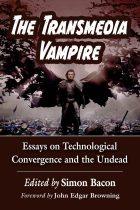
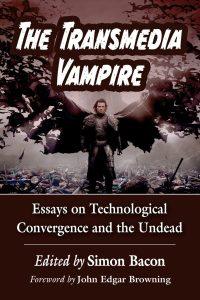

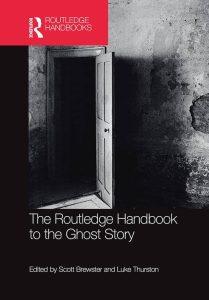 This chapter traces the development of the Chinese-style ghost story in Asian literatures from the classical Chinese genres of zhiguai, and chanqui, through their transformation into Japanese kaidan, to contemporary versions of them. It discusses the structural characteristics and shared themes of such stories, and argues that their modern reincarnations can be divided into reproductions (where contemporary stories are written in a style closely resembling older texts), utilizations (where contemporary authors make use of their audience’s knowledge of the old texts), and hybridizations (where contemporary stories alter older texts, introducing elements of local folklore, modern settings, or other literary influences). As the name suggests, stories of the strange relate to all manner of extraordinary phenomena. To simplify things, the discussion will be limited to the stories that understand ghosts as the returning spirits or souls of the deceased, often taking very material forms in their interactions with humans. The ghosts in question should also be understood as individuals rather than a collective entity, even when they are described as one’s ancestors.
This chapter traces the development of the Chinese-style ghost story in Asian literatures from the classical Chinese genres of zhiguai, and chanqui, through their transformation into Japanese kaidan, to contemporary versions of them. It discusses the structural characteristics and shared themes of such stories, and argues that their modern reincarnations can be divided into reproductions (where contemporary stories are written in a style closely resembling older texts), utilizations (where contemporary authors make use of their audience’s knowledge of the old texts), and hybridizations (where contemporary stories alter older texts, introducing elements of local folklore, modern settings, or other literary influences). As the name suggests, stories of the strange relate to all manner of extraordinary phenomena. To simplify things, the discussion will be limited to the stories that understand ghosts as the returning spirits or souls of the deceased, often taking very material forms in their interactions with humans. The ghosts in question should also be understood as individuals rather than a collective entity, even when they are described as one’s ancestors.